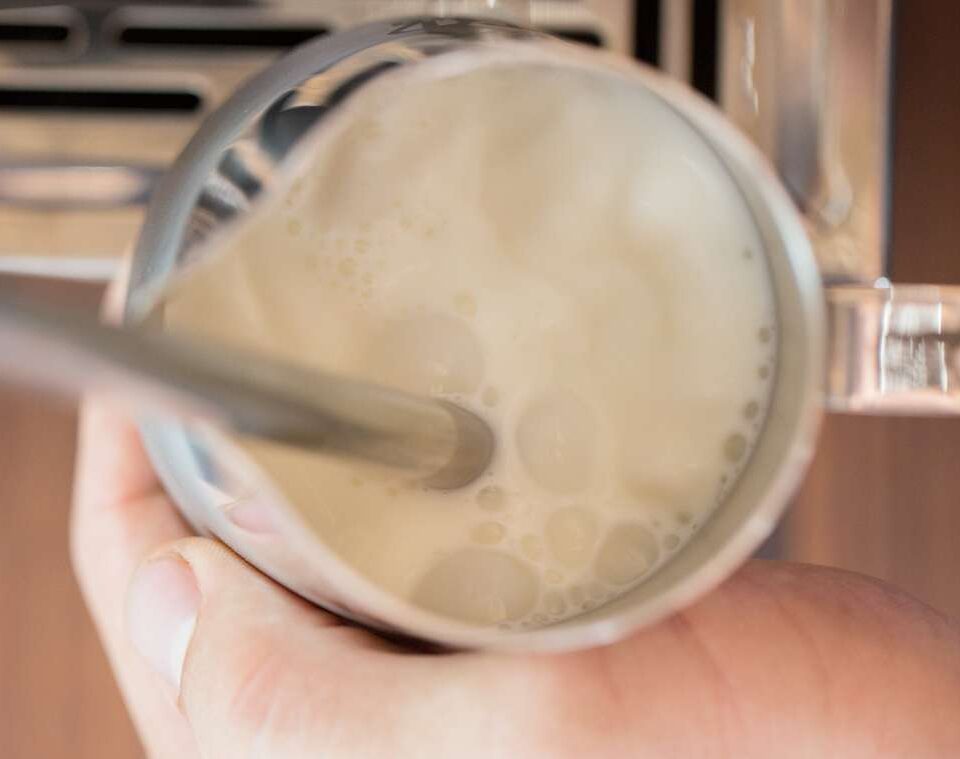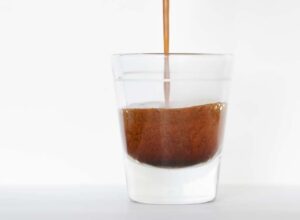Steaming milk may appear simple, yet it is a really difficult skill to master. The key is to remember that there are two stages to steaming: aerating, sometimes known as “stretching,” and emulsifying, often known as “texturing.” Both are required for a creamy, silky pot of milk with enough substance to make latte art or a fantastic cappuccino.
Fill your pitcher
Fill your pitcher halfway with cold milk.
Purge the steam wand
Turn on your steam wand and let it run for a few seconds to clear out any remaining muck caught in the tip and enable the wand to warm up a little.
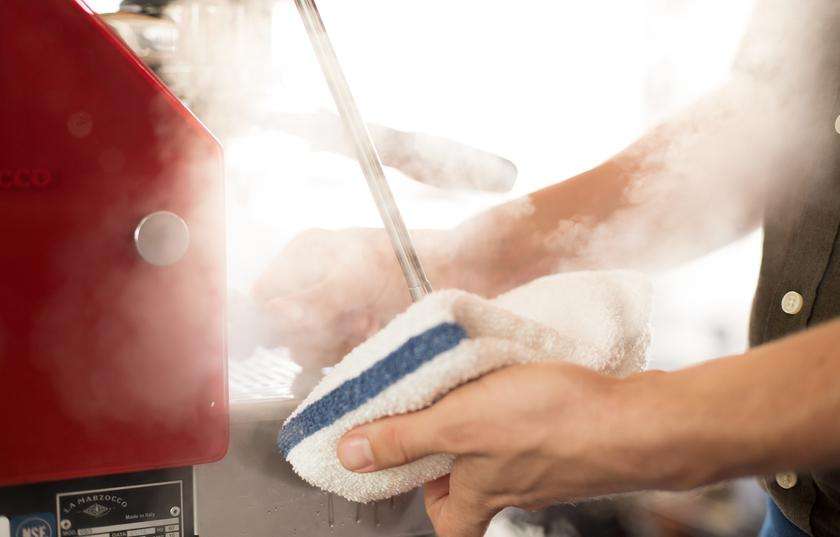
Get set
Set the wand in the milk so that the line where the tip screws in are level with the milk’s surface. The wand should be at roughly a 15-degree angle from the side of the espresso machine and slightly off-center in the pitcher, with the pitcher handle running parallel to the wand.
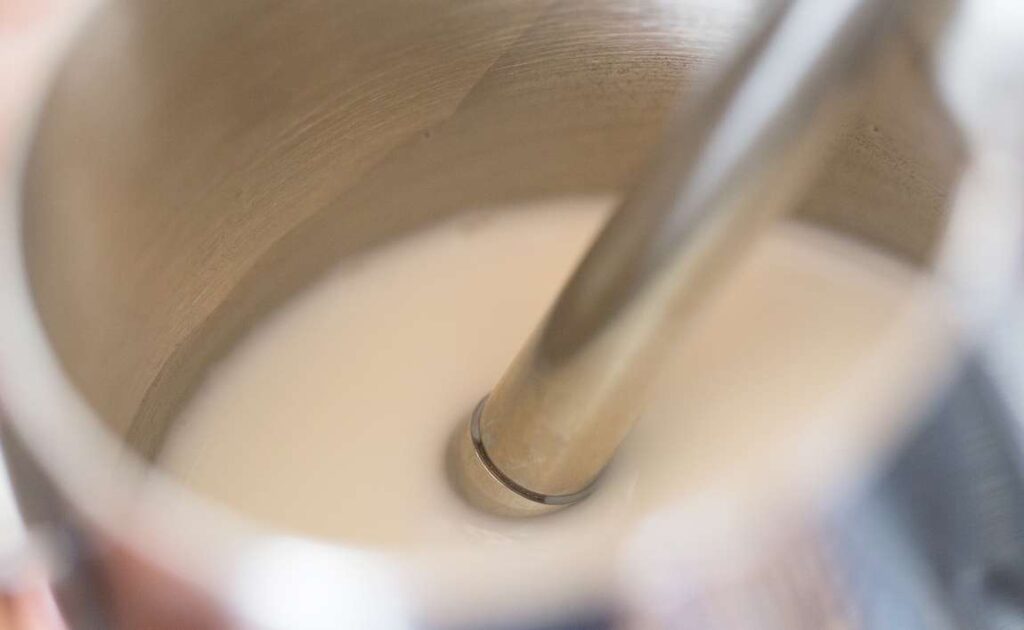
Stretch and texture the milk
Again, there are two steps to obtaining precisely textured milk: aerating (also known as “stretching” in barista parlance) and emulsifying (sometimes known as “texturing”). Stretching the milk introduces air, which causes the foam to form.
You can tell if you’re making foam by listening to popping sounds and watching the milk volume grow. Once the milk has grown in volume by about half, insert the tip of the steam wand farther into the pitcher until the popping sound stops and the milk begins to spin. During this step, you aim to produce a flat swirl of milk while preventing the volume from rising any higher. If the volume continues to rise, reduce the steam level slightly.
The amount of pressure you should apply is proportional to the amount of milk you’re steaming. Use maximum pressure to produce a 12-ounce latte or cappuccino.
Use less pressure while creating a smaller drink, such as a macchiato.
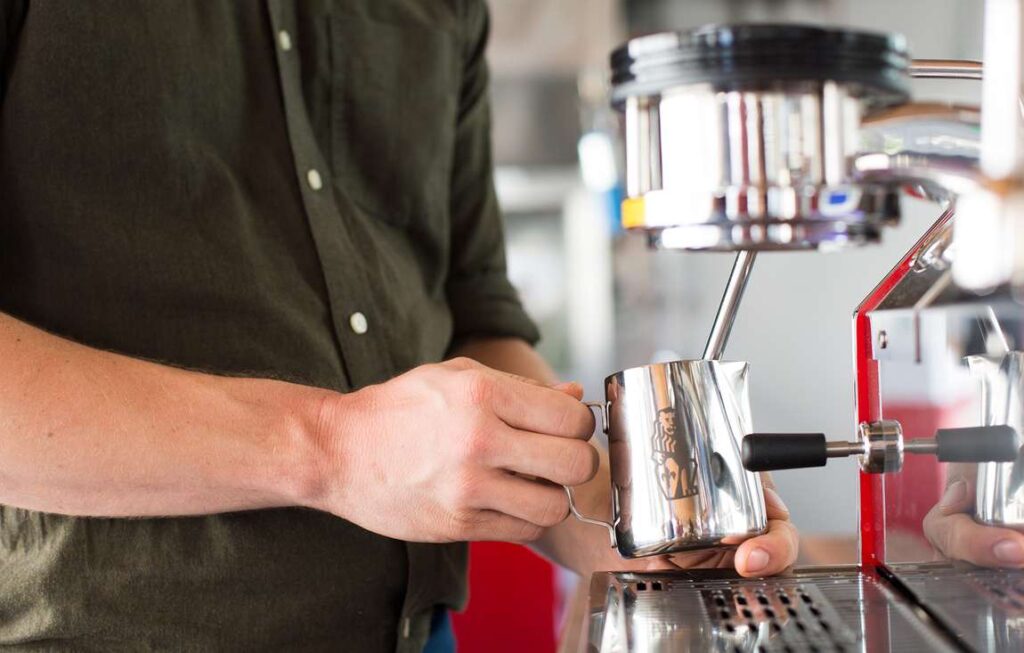
Turn off the steam valve
Turn off the steam valve after the milk has reached the desired temperature, which may be measured with a thermometer or a skilled hand.
TIP: We steam milk in metal pitchers so that we can feel the warmth of the milk as it heats up. Holding the pitcher from the bottom, emulsify the milk until it is slightly too hot for your hand. Turn off the steam valve and remove the pitcher at that point.
You may verify this for yourself by withdrawing the pitcher from the steam wand and placing it on your hand: if you can hold it there for four or five seconds before having to remove it, the milk is at the proper temperature. The actual temperature should be between 120°F/49°C and 140°F/60°C.
Milk with a richer, sweeter taste profile will be streamed at a lower, constant temperature. When you overheat milk, the proteins get denatured, preventing froth and scalding.
Remove the pitcher and wipe the steam wand immediately
Lower the pitcher and wipe the steam wand with a clean, dry cloth right away.
If you leave milk on the wand for too long, it can solidify and become difficult to remove. When wiping, use caution since the steam wand will be quite hot.
Tap out the air bubbles, then give it a swirl
You may fine-tune the smoothness of the milk by tapping the pitcher on the counter and spinning it. Don’t worry if the milk sits on the counter while you’re pouring the shot—the froth will separate after a few minutes, so you have time.
Make art. Latte art.

